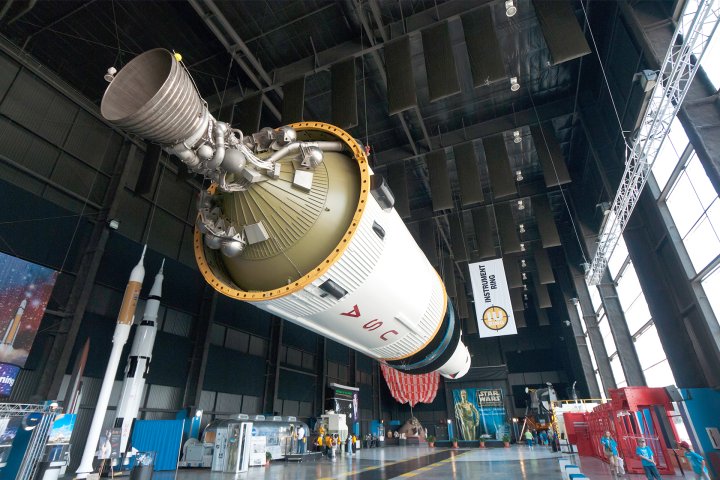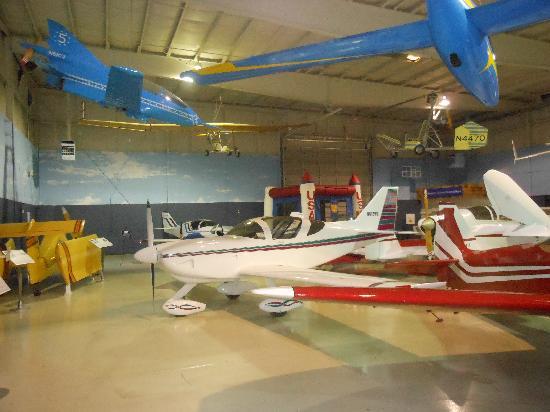The Alabama Museum Of Natural History Has Some Unique Exhibits
The Alabama Museum of Natural History is located in Smith Hall on the campus of the University of Alabama.
It has a very interesting history that was inspired by four very different and unique men, which helped to start it, and then grow it over time.
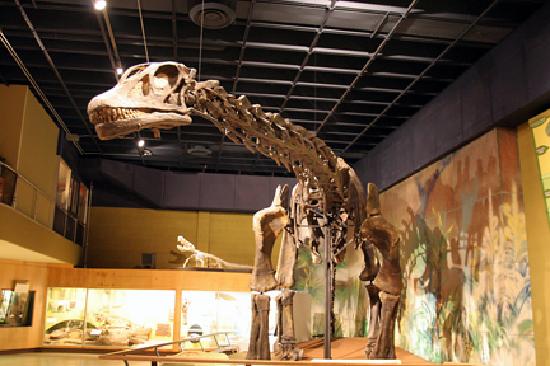 Dinosaur Exhibit
Dinosaur ExhibitIt has some very unique exhibits that are on display, but to some visitors one of the most unique things about this museum is the architecture.
The museum also runs the Moundville Archaeological Park, where most all of the archaeological exhibits are kept.
Founded in the year 1831, it is not only one of the most renowned museums in the state, it is also the oldest.
The History of the Alabama Museum of Natural History
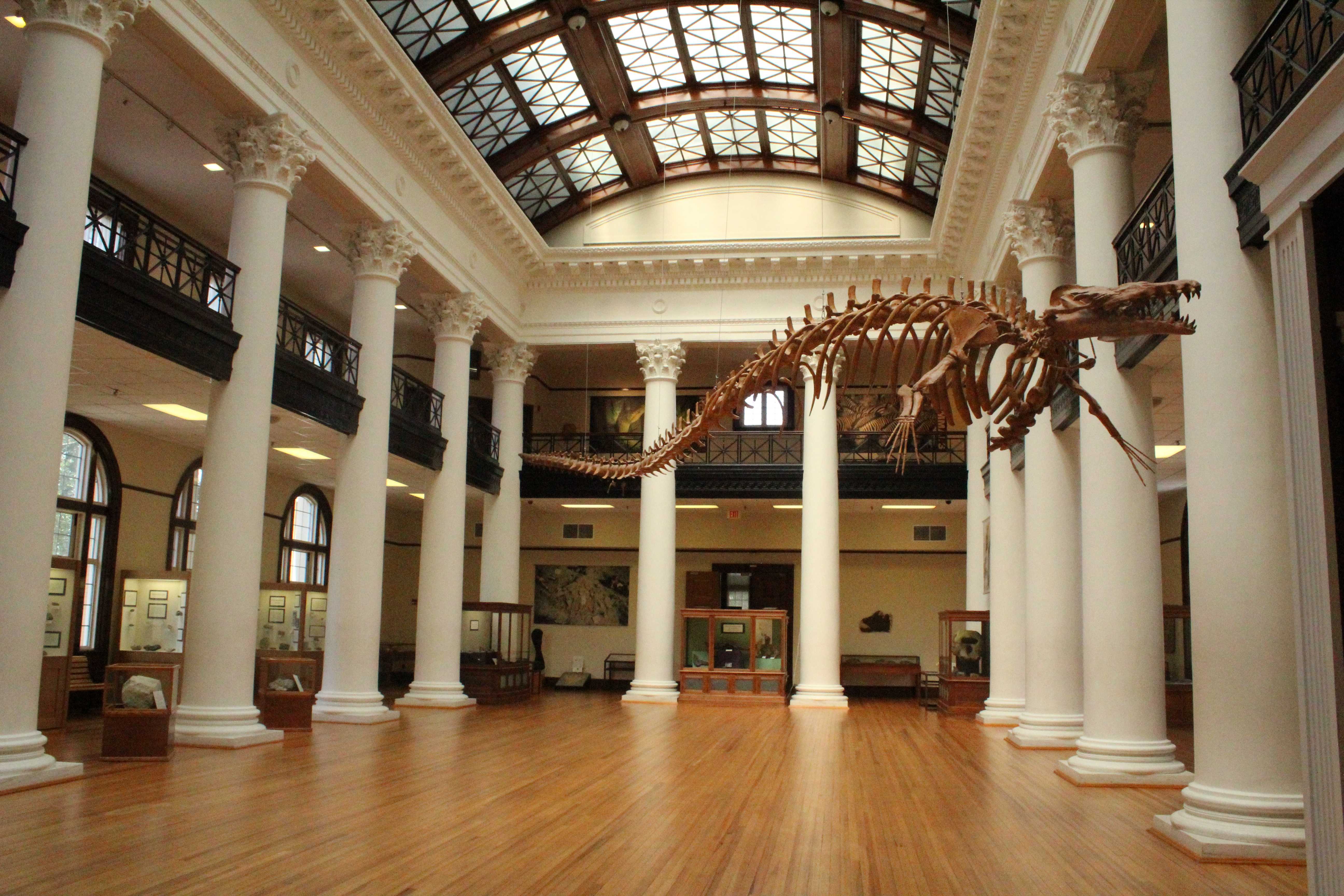 The Alabama Museum of Natural History
The Alabama Museum of Natural HistoryThe Alabama Museum of Natural History current home, Smith Hall, is named in the honor of Dr. Allen Smith.
However, there were four different individuals that helped with the founding of Alabama’s first natural museum, and they include the following.
- William McMillian
- Michael Tuomey
- Eugene Allen Smith
- Walter B. Jones
During the early part of the 18th century, there were large metropolitan’s cities such as New York and Philadelphia, which had developed natural history museums.
However, as the State of Alabama began to grow and attain statehood, the ultimate history of the Alabama Museum of Natural History was about to be formed.
It would all be formed by these four very different men, who all played a major role in its origins and development.
The first of these was William McMillian, who was a volunteer librarian at the soon to be University of Alabama.
He soon began to lobby the board of trustees to become the schools official librarian when it opened, and also to help create a natural history collection.
He won the board over, and he soon began his trek of contacting scientists and educators around the world.
However, he also did something much more important for the genesis of the Alabama Museum of Natural History; he began to collect.
He started collecting thousands of rocks, minerals, as well as fossils, but he did not stop there.
He also collected bones as well as mounted specimens of animals and birds.
As his collection was growing, Michael Tuomey entered the scene, as a new professor at the University of Alabama.
He was the professor that oversaw not only geology, but mineralogy and agricultural chemistry.
Trained as both an engineer and a geologist, he agreed to survey the state and became the first state geologist in 1848.
As he was surveying, he also started to collect specimens, which he added to Mr., McMillian’s collection.
Mr. Tuomey died in 1857, and because of all the turmoil in the country at the time, he was not replaced.
After the Union troops burned most of the University, which was primarily a military university during the Civil War, most of the collections were lost.
This is where Eugene Allen Smith emerged.
He was passing through the town of Tuscaloosa in 1865, where he began to rescue and salvage what was left of the collection that had not been destroyed.
He decided to stay in the area, and in 1871, he was appointed as the professor of agricultural chemistry and mineralogy, where is stayed for over 50 years.
He was also appointed by the state legislature as state geologist, where he started to rebuild the University’s collection.
He had traveled to Europe during his studies, and he decided that the University Alabama could have just as good of a collection as they did in Europe.
In early 1884 he started to petition for a museum, and finally in 1910, it became a reality.
It was dedicated as Smith Hall, and it was here that the Alabama Museum of Natural History came to full fruition.
By then the collection had grown and when he passed, his handpicked successor. Walter B. Jones took over.
Mr. Jones also had a very strong interest in archaeology, and he helped to start the Moundsville Archaeological Park.
With the assistance of the Civilian Conservation Corps and the National Park Service, he developed this park.
He also had a very strong interest in caves in the state, and his research was backed by the museum.
However, he had been criticized by the state legislature for operating the park without their approval.
To rectify this, in the 1960’s he facilitated the transfer of everything to the University, where it all came under the name of the Alabama Museum of Natural History.
The Exhibits at the Alabama Museum of National History
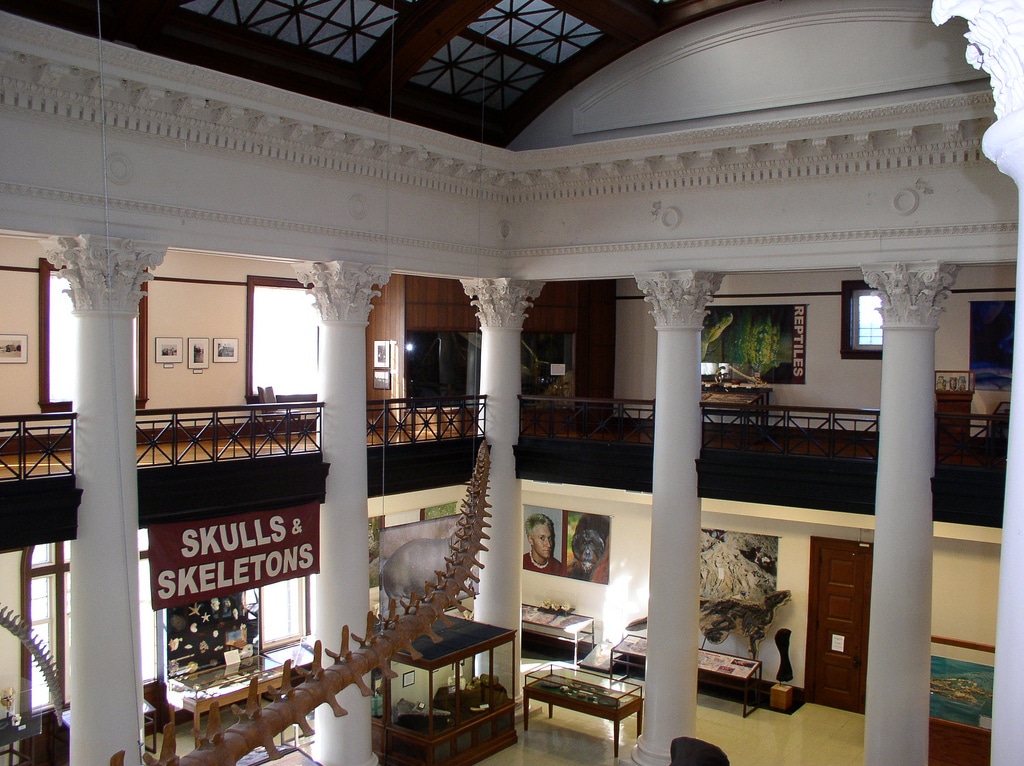 Exhibits At The Alabama Museum of Natural History
Exhibits At The Alabama Museum of Natural HistoryThere are several very interesting exhibits at the Alabama Museum of National History, located in Smith Hall.
Smith Hall is a three-story central block that has adjoining two-story and north and south wings.
The Department of Biology was originally in the north wing, and the department of Geology was in the south wing.
Today the department of Geology is in both wings, and the Grand Exhibition Hall is located on the second floor.
The exhibits include items that are not only related to geology, but zoology, paleontology, mineralogy, as well as ethnology.
The time spans include the age of the Dinosaurs, the Ice Age, as well as the Coal age.
One of the major features in the Grand Hall is a replica of an Eocene whale, which has been designated as the State Fossil.
The name Eocene comes from the ancient Greek and means dawn, as in the very beginning of time.
There is also an exhibit that features the skull of an American mastodon, which were distant relatives of an elephant.
There are also several fossils, human artifacts, and biological specimens.
However, perhaps its major attraction is the famous Hodges meteorite, which is considered to be the only space object ever to hit a human.
It struck a woman near the town of Sylacauga, Alabama, in November of 1954.
Because of its location at the University of Alabama, it makes a natural day trip for you and your family, especially if you are a football fan.
You could also visit the Paul “Bear” Bryant in the same day, for a very enjoyable trip.
References

Alabama Gift Store
Numerous Items for You and Your Family to Enjoy
See it here at the Gift Store
Copyright 2019-2023 Alabamabackroads.com
All Rights Reserved

